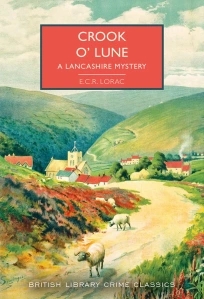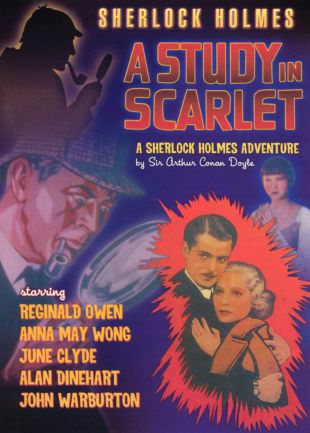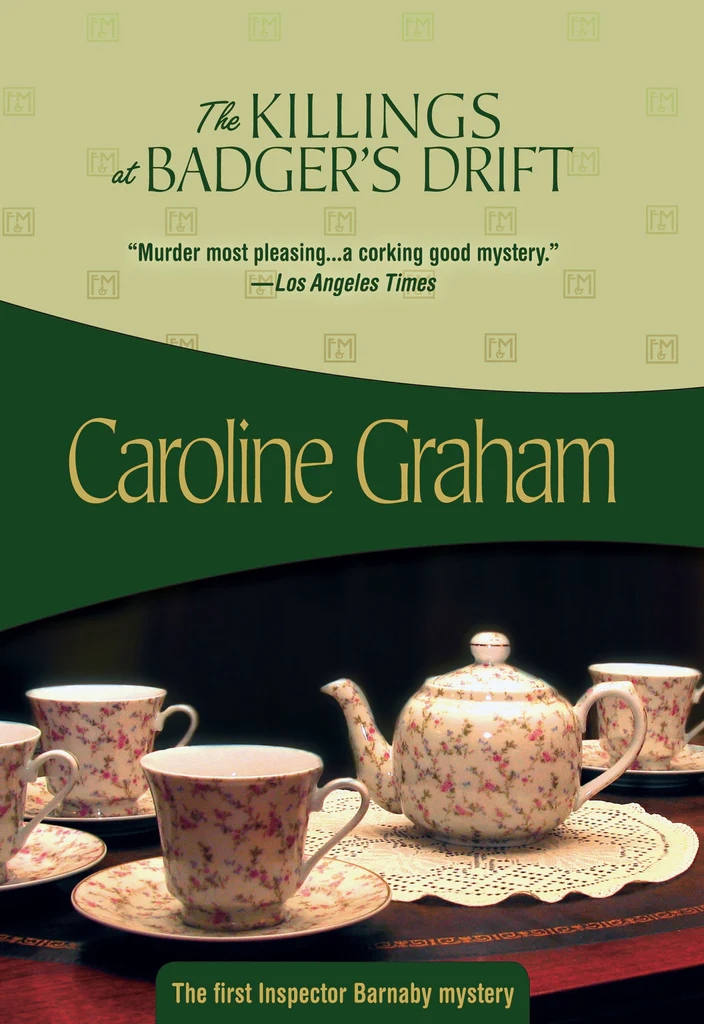
Originally Published 1949
Sir Henry Merrivale #19
Preceded by The Skeleton in the Clock
Followed by Night at the Mocking Window
Welcome to that great favourite, grumbling old Sir Henry Merrivale, master of the impossible crime, in his first American case!
It all starts with a cryptic cable received on board the liner as he is crossing the Atlantic. It is virtually an invitation to watch a miracle and a challenge to explain it.
“H.M.” would, of course, be the last to decline such a challenge. The impression he makes upon New York in his tweed cap and suit of plus fours is staggering. There is mystery in the “disappearance” of the millionaire at the swimming pool and the “reappearance” of a devoted wife.
Frederick Manning is a successful and respectable businessman but his children have become concerned that he is acting erratically and may be keeping a mistress. There are even rumors circulating that he may be embezzling money from his charitable foundation. When they confront him about it he says he will reveal a secret at a dinner to which he has invited Sir Henry Merrivale with the promise that he will perform ‘a miracle’.
At dinner he upsets them by talking about how little he wanted children though he says he will make some provision for them and implies he will be disappearing soon. Then the next morning as the Police sirens approach he calmly dives into the swimming pool fully clothed and when the party look for him in the pool they find he has vanished leaving all of his clothes behind.
Up until now I have stuck tightly to those novels that John Dickson Carr published under his own name because of how much I have enjoyed the character of Dr. Gideon Fell. I never doubted I would get around to trying some of the Sir Henry Merrivale stories but there was always some book I wanted to get to first.
The reason I have deviated from this approach comes down to the premise of this story that grabbed my imagination from the moment I heard Dan describe it on an episode of the impossible crimes mystery podcast The Men Who Explain Miracles. The idea of a disappearance from within a swimming pool seemed an entirely novel take on the idea of someone vanishing from inside an observed room and I was really curious how Dickson would manage it.
Since learning about this novel I have, as it happens, encountered a short story by Ed Hoch with a similar premise albeit that has someone appearing out of a swimming pool. Both stories are excellent and make good use of this concept to create striking moments that appeal to the imagination. I did have a moment’s worry that the solutions might be similar too but I was very happy to discover that they take create distinctly different answers to these challenges.
I really admired the way Carr sets a mood and builds up a sense of anticipation in the novel’s early chapters. By opening the novel in a moment of conflict we are thrown right into the story and have to make judgments about the characters involved. I certainly was curious what could be driving Manning to be so blunt and cruel to his children and wanted to know more about their relationships with him.
The moment in which he disappears is wonderfully theatrical right down to the detail of his underpants bobbing up to the surface. It is perhaps not one of Carr’s trickier puzzles – the method used is quite simple and may occur to some readers pretty quickly – but it is logically worked through and clearly explained at the end.
Even if the reader can work out the way in which the vanishing was worked they will still have plenty of details to pick up on while we may also wonder where he has gone and what he is planning. While the second half of the novel is much less flashy than the first it can be just as exciting and mysterious, packing in some very enjoyable reveals.
I also found the novel to be really quite funny, though I do acknowledge that humor is highly subjective. Not every joke hits and a few of them, such as his reason for visiting Washington, may be predicted but there are amusing moments spread throughout the narrative.
One of my favorite sequences comes near the start of the novel where Sir Henry messes with a police officer near the turnstiles in a subway station by suggesting that he can use a voodoo incantation to walk through turnstyles without paying the fare. It is not only amusingly written, there is a puzzle there that readers may ponder about how a trick was pulled off. That method wouldn’t work today but I could still appreciate the cleverness of the idea and the grudge the officer holds is referred to at several later points in the story with amusing effect.
While I can understand why this story isn’t more highly rated, given its simpler solution, I found the case to be thoroughly enjoyable. The scenario is bold and imaginative and I enjoyed my time spent with these characters. It is certainly one of the most entertaining experiences I have had reading Carr and I would happily recommend this to anyone who comes across an affordable copy.




Leave a comment